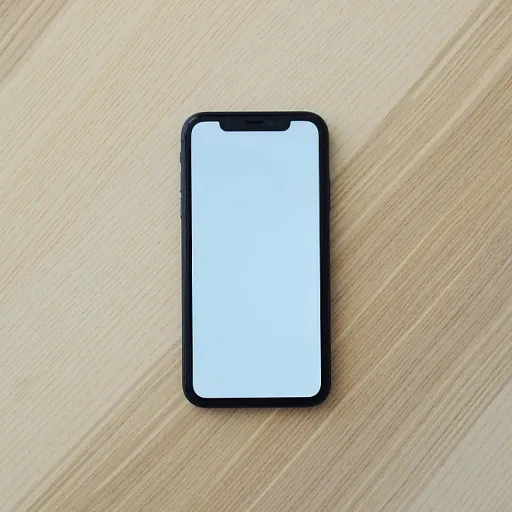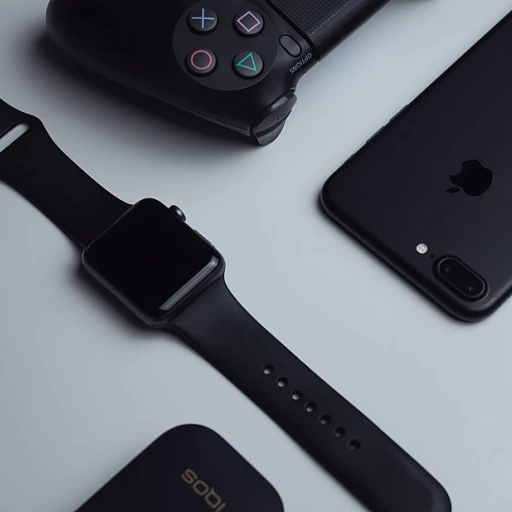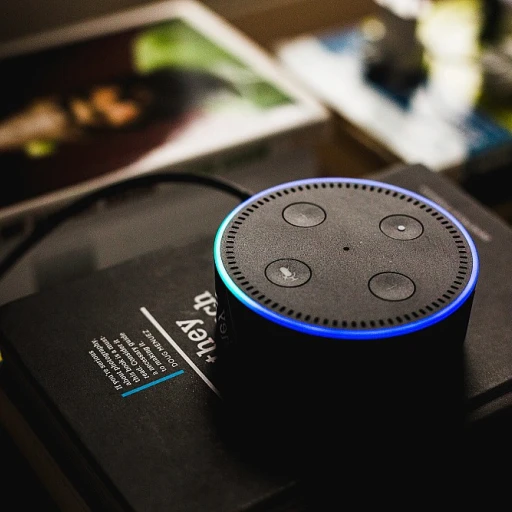
Understanding the Flex Gate Phenomenon
Delving into the Complexities Behind the MacBook's Design Quirk
The Flex Gate phenomenon has become a notable topic among Apple MacBook enthusiasts, especially regarding its impact on pro models. Essentially, the issue is tied to the flex cable that connects the MacBook's display to its logic board. Over time, with the repeated opening and closing of the laptop's lid, these cables can wear and tear, leading to what many users refer to as the 'flexgate issue'. This can manifest as display problems, often resulting in the dreaded black screen, an inconvenience not befitting a luxury tech gadget. Apple's affected MacBook models, particularly the MacBook Pro and MacBook Air, have faced scrutiny as this problem is perceived as a potential design flaw. The flex cable design in certain MacBook models, particularly those produced in the years where these issues were more prevalent, has been criticized for being overly delicate. This issue can result in costly repairs, which, if not covered by Apple's repair program, leave users to seek out professional repair services at their own expense. It is important to note that not all users experience these issues consistently, yet the challenges faced by some have led to a broader conversation about design durability. As a pioneer in luxury tech gadgets, Apple’s handling of the flexgate issue remains under the spotlight as users express varying levels of satisfaction with Apple's response. To further understand this phenomenon and its implications, it's worthwhile to explore how luxury tech design adapts and evolves. You can read more about these adaptations and future implications in luxury tech here.The Impact on User Experience
The Enduring Impact on Consumer Appeal
The introduction of the MacBook was a game-changer in the luxury tech world, with its sleek design and powerful performance. However, the flexgate issue, associated with the flex cable that connects the display to the logic board, has cast a shadow on the user experience. Users began noticing that opening and closing the lid over several years led to display issues, varying from display blinks to a complete black screen.
These wear and tear issues in different MacBook models often lead to Apple support interventions, like the occasional professional repair or more extensive solutions through their repair programs. The problem isn't just the inconvenience, but also the repair costs associated with fixing what's become known as a design flaw.
Luxury tech enthusiasts who once praised the MacBook Pro and Air for their superior screens now find the enjoyability compromised. The display issues are more than just a visual inconsistency; they represent underlying concerns for long-term reliability and genuine Apple component wear.
As consumers of high-end gadgets demand perfection in every aspect of technology, the flexgate and its impact on newer pro models and macbook air products have challenged perceptions. For those exploring luxury tech gadgets, the disappointment also stems from how other luxury tech devices maintain consistency in design and durability, setting a benchmark that the Apple MacBook has, at times, struggled to meet.
For a deeper understanding of comparable luxury tech durability, you might find this exploring the pinnacle of GMRS radios article an enlightening read about industry standards.
Apple's Response and Solutions
Apple's Strategic Move
In light of the well-documented problems stemming from the flexgate issue, Apple has had to rethink its approach to solving these persistent display issues. The company has introduced several measures intended to mitigate the impact on its user base and sustain the brand's reputation for high-end quality. The focal point of Apple's strategy has been the implementation of a comprehensive repair program. This program is specifically designed to address the concerns of affected MacBook models, particularly the older MacBook Pro units that predominantly experienced these challenges.
By offering professional repair services and even extending them to include free repairs for certain models like the early MacBook Pro, Apple aims to cushion the fallout of the flex cable flaw. Nevertheless, these initiatives are not without their limitations, as there may be additional repair costs involved for models falling outside the coverage timeline. Moreover, the wear and tear of these models over the years have exacerbated the design flaw, leading to recurrent black screen and display issues.
Apple endeavors to maintain consumer trust and brand integrity by positioning its repair programs as a testament to its commitment to long-term support, thus improving the user experience despite ongoing issues. However, the company's approach reflects a reactive stance to device malfunctions rather than a proactive one in preventing these problems from arising in future product designs.
Consumer Reactions and Feedback
Consumer Feedback on Display Challenges
Describing the FlexGate issue, MacBook users have taken to various forums and social media platforms to share their experiences. The problem, primarily identified in certain MacBook Pro and MacBook Air models, typically manifests as flickering displays, black screens, or improperly functioning lids due to wear and tear on the flex cables connecting the display to the logic board. Consumers have expressed frustration with the repair costs associated with this design flaw. Many MacBook owners resorted to visiting an Apple Store, only to find the repair program may not cover all affected models or that professional repair might be the only option available. This has consequently led to questions about Apple’s initial response, a topic explored in an earlier section. Some consumers have pointed out the lack of transparency in the communication from Apple regarding the scope of the flexgate issue. Specifically, they emphasized that affected users should be clearly informed about the pro models and specific years impacted. The unpredictability of when the issue might arise has also added to the concern, prompting some users to seek immediate professional repair or look for genuine Apple parts and repairs to avoid voiding warranties. On a broader scale, these display issues have led users to compare their experiences with other luxury tech gadgets. While Apple has indeed taken strides in addressing the flexgate, users are increasingly weighing their future purchase decisions against these recurring problems. The durability of the macbook displays and the cost-effectiveness of repair solutions remain pivotal in consumer feedback, which reflects both dissatisfaction and a longing for more robust design innovations.Comparing with Other Luxury Tech Gadgets
Comparative Analysis with Other Premium Devices
In the realm of luxury tech gadgets, flexibility and durability are paramount. The MacBook series, particularly affected by the flexgate issue, stands at a crossroads where the design flaw of the flex cable has put it under scrutiny. This, however, isn't an isolated case in the luxury tech segment. Other devices also face similar wear and tear concerns, yet Apple's approach with the repair program demonstrates their dedication to addressing the problem.
Luxury tech users often compare the MacBook Pro and MacBook Air with high-end smartphones and tablets that boast robust displays and flexible hinges. Many premium laptops from other brands incorporate sturdier lid designs to mitigate such issues that Apple has encountered with its pro models. These improvements often come at a repair cost, a factor Apple is attempting to manage through official programs and genuine Apple parts.
When considering innovative alternatives and their potential repair challenges, other luxury gadgets have progressively minimized display issues thanks to proactive designs. Notably, brands have addressed similar user complaints swiftly with continuous support and program updates, presenting an industry benchmark Apple can aspire towards. While MacBooks struggle under the weight of the flexgate issue, their competition continues to forge ahead with solutions that just might influence Apple's next steps in their design evolution.












